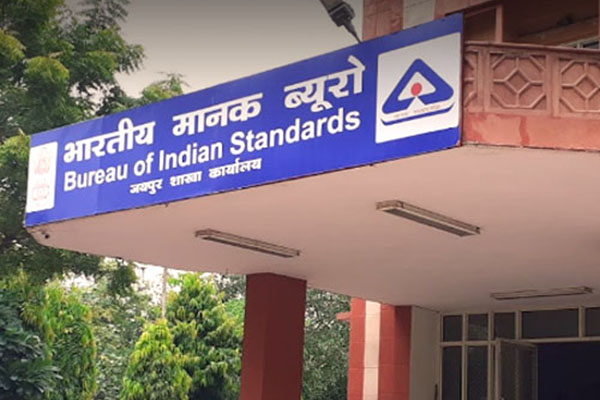The Bureau of Indian Standards (BIS) has published three significant Indian Standards in the area of Electronics. The first BIS standard is Indian Standard for digital television receivers with built-in satellite tuners. Bureau of Indian standards, through its technical Committee has published an Indian Standard IS 18112:2022 Specification. TVs manufactured as per this Indian standard would enable reception of Free-To-Air TV and Radio channels. It can be done just by connecting a dish antenna with LNB mounted on a suitable place.
At present, Television (TV) viewers in the country need to purchase set-top box for viewing various paid and free channels. The viewer is required to use set top box even for the reception of free to air channels. Now Doordarshan is in the process of phasing out Analog transmission. Free to air channels will continue to be broadcast using digital satellite transmission by Doordarshan.
Indian Standard for USB Type C receptacles, plug and cables published:
The second BIS standard is Indian Standard for USB Type C receptacles, plug and cables. Bureau of Indian standards has published Indian standard IS/IEC 62680-1-3:2022 USB Type-C Cable and Connector Specification. This Indian standard is adoption of existing International standard IEC 62680-1- 3:2022.
This standard provides requirements for USB Type-C port, plug and cables for use in various electronic devices. This standard would provide common charging solutions for smartphones and other electronic devices sold in the country. This would facilitate in reduction in number of charger per consumer as consumers. Consumers will no longer need to buy different chargers every time they buy a new device. This would help in achieving Government of India’s mission to reduce e-waste and move towards sustainable development.
Earlier consumers have to keep different chargers for various electronic devices they possess. Countries worldwide are working to address these issues.
Indian Standards for Video Surveillance Systems also published:
The third BIS Standard is Indian Standards for Video Surveillance Systems. Bureau of Indian Standards, through its technical committee on Alarms and Electronic Security Systems has developed a series of Indian Standard (IS 16910) on Video Surveillance Systems for use in Security Applications. IS 16910 series of Standards is an adoption of the International Standard IEC 62676 series. The standard provides a detailed outline of all the aspects of a Video Surveillance System. It includes requirements for its components like camera devices, interfaces and system requirements. It also includes tests to ascertain the image quality of the camera devices and also specifies guidelines on efficient installation of the system.
Considering the constantly evolving technology in the security industry and the abundant options of VSS to choose from it has become cumbersome for the common person, be it the installers/ specifiers/ users, to pick the right set of VSS that exactly fits his intended use. This series of Standards would assist customers, installers and users in establishing their requirements, determining the appropriate equipment required for their intended application, and also provide means of evaluating objectively the performance of the VSS. This will also help in making the surveillance system more secure, robust and cost effective.
Video Surveillance System (VSS) is an essential security component that is used almost everywhere. Due to the multitude of video cameras offered for sale in the marketplace, and the seemingly infinite variety of camera features and options available, efforts to procure the right video surveillance system that produce images of suitable quality for the intended use have become confusing and technically challenging. Also, the owners and or installers do not have a clear idea of the purpose of each video surveillance system and the level of detail needed to achieve that purpose.














